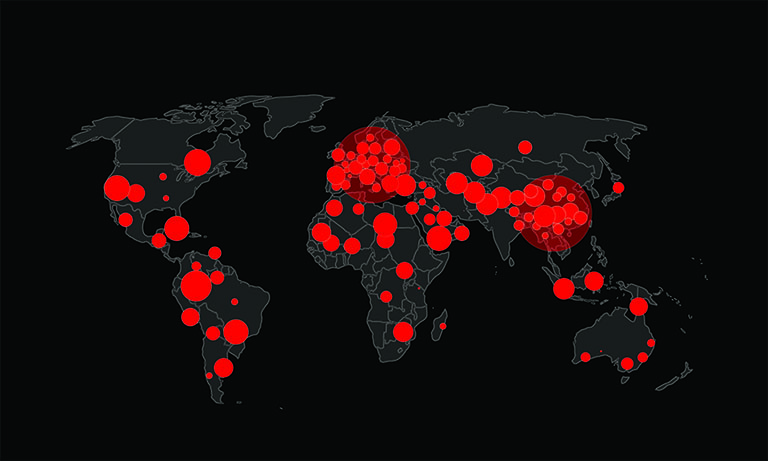Prime Stealer Malware

Prime, a malicious software, specializes in stealing sensitive information from Windows users. This crafty threat is adept at extracting a wide range of data, encompassing browser details, cryptocurrency information, Discord data, system specifics, and various other types of data. This insidious information stealer poses a significant threat to the security and privacy of users it affects.
In terms of Discord Information, Prime focuses on harvesting various sensitive details, including Nitro subscription status, badges, billing information, email addresses, phone numbers, and a comprehensive list of high-quality friends within the Discord platform.
Moreover, Prime delves into the user's browser data, extracting cookies, saved passwords, and specific information related to popular online platforms like Roblox. This information is obtained from a variety of browsers, including Chrome, Edge, Brave, Opera GX, and others.
In the cryptocurrency domain, Prime showcases its ability to infiltrate and extract information from browser extensions like MetaMask, Phantom, Trust Wallet, Coinbase Wallet, and Binance Wallet. It seeks access to cryptocurrency-related data and also probes specific cryptocurrency software applications such as Exodus Wallet and Atomic Wallet.
The malware's influence extends to Application Data, where it infiltrates and extracts details from popular platforms like Steam, Riot Games, Telegram, and Discord. Through a technique known as Discord injection, Prime goes beyond passive data collection, actively intercepting and sending tokens, passwords, and email information whenever a user logs in, adds a credit card or PayPal account, purchases Nitro, or modifies their password or email credentials.
In the realm of System Information, Prime collects user-specific details, system specifications, disk information, and network configuration. It meticulously evaluates anti-debugging measures to ensure that it operates undetected.
How is Infostealer Malware Commonly Distributed?
Infostealer malware is commonly distributed through various methods, often exploiting unsuspecting users and vulnerabilities in systems. Here are some common distribution methods for infostealer malware:
Phishing Emails:
Phishing remains a prevalent method for distributing infostealer malware. Attackers send deceptive emails that appear legitimate, often containing malicious attachments or links. Clicking on these links or opening attachments can lead to the download and installation of infostealer malware.
Malicious Websites:
Malicious websites may host fake or compromised content that tricks visitors into downloading malware. Infostealer malware can be disguised as legitimate software or files, enticing users to unknowingly install the malicious code on their systems.
Exploit Kits:
Exploit kits are tools used by attackers to exploit vulnerabilities in software or web browsers. Users who visit compromised websites may be exposed to exploit kits, leading to the automatic download and execution of infostealer malware on their devices.
Malvertising:
Malvertising involves the placement of malicious advertisements on legitimate websites. Clicking on these ads may redirect users to websites hosting infostealer malware, initiating the download without the user's knowledge.
Drive-by Downloads:
Drive-by downloads occur when malware is automatically downloaded and installed on a user's device without their consent or knowledge. This can happen through malicious scripts on websites or through exploiting vulnerabilities in browsers or plugins.
Freeware and Torrents:
Infostealer malware may be bundled with seemingly legitimate freeware or software downloaded from unofficial sources, such as torrent websites. Users who download and install cracked or pirated software may unknowingly introduce infostealer malware onto their systems.








